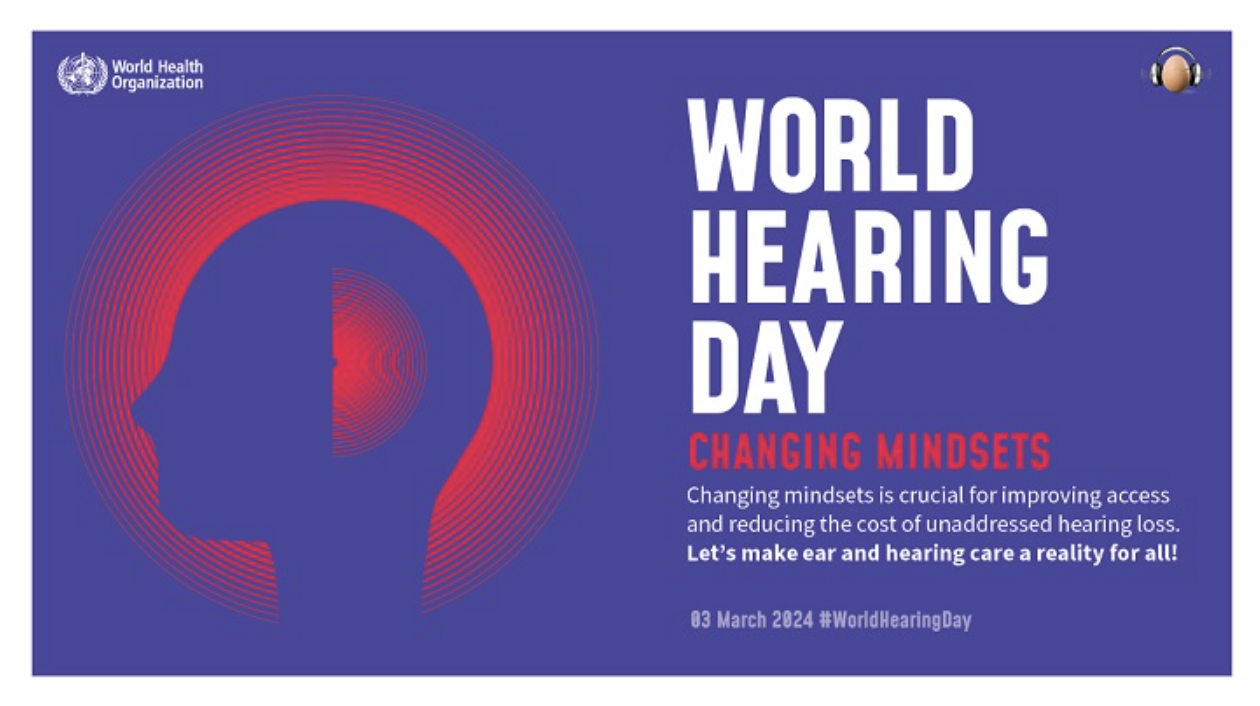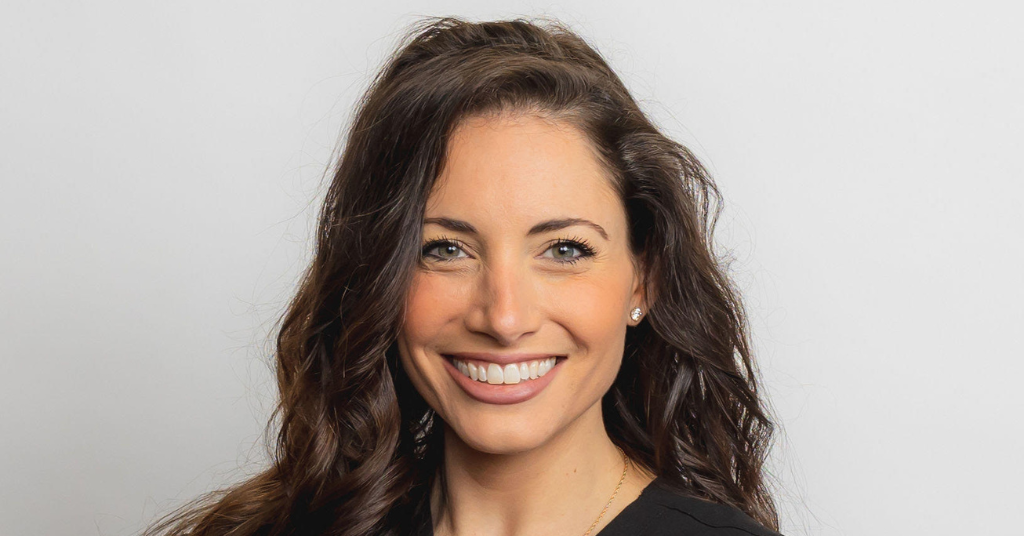
Celebrate Captioning Awareness Week!
November 12, 2018
5 Tips for Adjusting to New Hearing Aids at Work
November 14, 2018Why hearing aids and sign language are a happy pair

Communication is tricky and misunderstandings happen.
Even with total access to sound, meaning can be lost or confused. Add hearing loss to the mix and the potential for communication breakdown compounds. When our daughter was diagnosed with a mild-to-moderate hearing loss, we chose a bilingual communication plan using hearing aids and sign language. Hearing aids give her access to speech sounds and sign language is a fail-safe communication method.
It’s good to have options
There’s an old proverb that warns, “Don’t put all your eggs in one basket.” In other words, don’t risk it all on only one venture. A bilingual communication plan respects this adage.
Hearing aids are tough but they’re not indestructible. My baby has been rough enough on her hearing aids that sometimes she has had to go without them.
Recently she pulled out a hearing aid from under her bonnet and teethed on it with a mouthful of applesauce. The applesauce leaked inside the hearing aid and it stopped working. It had to be sent away for repair, which took about a week.
“Recently she pulled out a hearing aid from under her bonnet and teethed on it with a mouthful of applesauce.”
Another time, an ear infection forced her to stop wearing a hearing aid in one ear for three days.
In these instances, down to only one hearing aid, she struggled more to hear. She responded less to our voices. It was stressful to notice that our native tongue, spoken English, wasn’t working as well. Thankfully we had sign language and we were able to adapt.
Bilingual communication can eliminate some fear of the unknown
Another reason we love our bilingual communication plan is that it protects her against the unknown.
Like many parents, we don’t know the cause of our child’s hearing loss. Not knowing the cause, we don’t know if it might progress.
Read more: How I learned about the cause of my son’s hearing loss
Our daughter’s recent booth test suggests her hearing loss may have progressed into the severe range. We need to wait two months for an Automated Brainwave Response (ABR) test to know for sure. In the meanwhile, we don’t know how much access to sound she truly has.
Supporting language acquisition is critical for a child with hearing loss. Using ASL ensures she’s getting enough language exposure despite a possible change in her condition. This protects her against language deprivation.
Avoiding language deprivation
Language deprivation happens when a child doesn’t have enough linguistic stimuli during their critical period of language development. Without language, a child’s development stalls. The effects of language deprivation can be catastrophic and lifelong.
Research shows that there’s only a small window of time to gain a natural first language. That window slams shut around age five or six. If a child doesn’t have enough exposure to a first language by age five or six, they probably won’t ever achieve complete fluency in any language. (cite: Language acquisition for deaf children: Reducing the harms of zero tolerance to the use of alternative approaches)
Hopefully, our bilingual communication plan will prevent her from experiencing language deprivation. So far, so good. At 14 months old, our daughter uses both spoken English and ASL. Despite her hearing loss, her language development is right on track.
As a hearing parent, it can be intimidating to learn sign language. The best suggestion came early on from her audiologist. She said we could learn sign language at the same pace as our daughter. Surely I could learn at the pace of an infant.
How we started learning sign language
We got baby sign language resources: Signing Time, ASL board books and flashcards. In the kitchen, I taped ASL words to the cabinet doors to describe what was inside: cup, spoon, bread and so on.
In this way we learned many day-to-day signs in a passive, almost effortless way. I like to think of it as learning by visual osmosis.
https://www.instagram.com/p/BpF-VRrHTdL/
Life has been busy since our child was born with a hearing loss. There are early intervention sessions, hearing aid fittings and specialist appointments to attend. It’s easy to get overwhelmed and put a goal like learning sign language on the back burner.
I confess: sometimes days go by without me learning a new sign. Other days I’m a dutiful ASL student, soaking in knowledge and vocabulary.
We might not have time to be perfect but we have time to try.
Hearing aids and sign language are a happy pair.
Learn more about hearing aids for children here!



